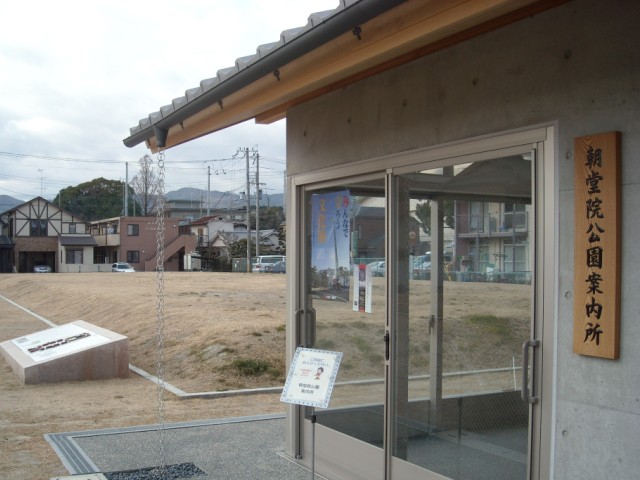
Nagaoka-kyo, which was said to be the phantom capital, flourished as a capital city for about 10 years, starting in November of the third year of the year (784). The Nagaoka Palace, where the Emperor was in charge of politics, is located on the northern edge of the capital, including the Imperial Palace (inner and back) and the National Assembly Building (Taikyuden, Chōdōin), as well as a section with important palaces where the government offices of the Nikanpachi province are located. The unearthed artefacts, such as the Kizaku, are on display at the Mukoichi Cultural Museum (telephone: 075-931-1182). The site of the Daichi-den was designated as the first historic site park in Japan in 1965. We are guided by the history and highlights of Changokakyo.
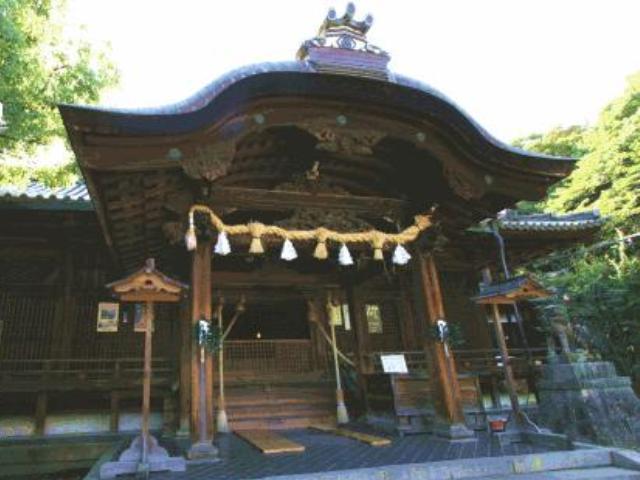
It is said to be the first year of the Nara period, the second year of the old (718). As you go up the gentle hill approach from the buzz of the shopping street, Satsuki, cherry blossoms and Kaede branches stretch out and add color to the precincts. The main shrine (important cultural property) of the Sankasha style left the style of the signature Shinto shrine architecture of the Muromachi period, and was considered the original form of the Meiji Shrine in Tokyo. The name of the city, "Mukou", comes from the land that bathes in sunshine until the sun rises from Higashiyama and sinks into Nishiyama = "Nikou Kau". The faith of the farmers is still thick at Muko Shrine.

"Hotel Kyoto Eminars" is located in the Oharano of Rakusai, Kyoto, where many bamboo forests can be found. "Kyoto Bamboo Township Onsen Manba no Uto", which is attached to an outbuilding. In Kyoto, it is a full-fledged hot spring facility that combines two types of self-contained sources with different springs, and the large bath, which has an open-air bath outside the inner bath with standing and sleeping baths, is spacious. There is a restaurant, as well as a relaxing room for women, and a variety of facilities such as a rock bath, a beauty room and a body care room. A rented room with an open-air bath was also well received.
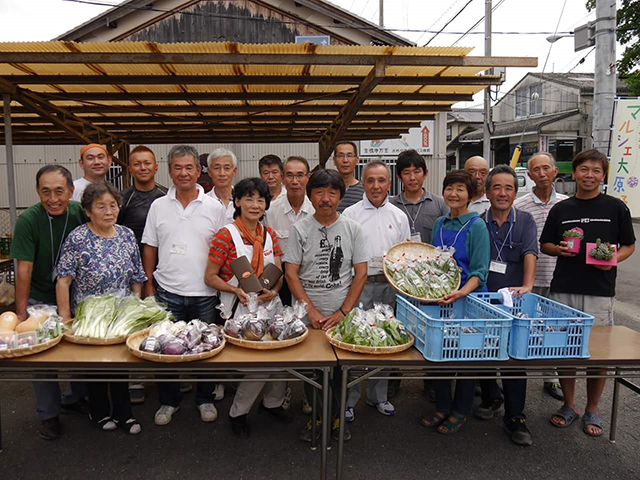
Selling the Oharano brand produce and processed products that are fresh, secure and high-quality, nurtured by the rich nature of Kyoto Nishiyama.
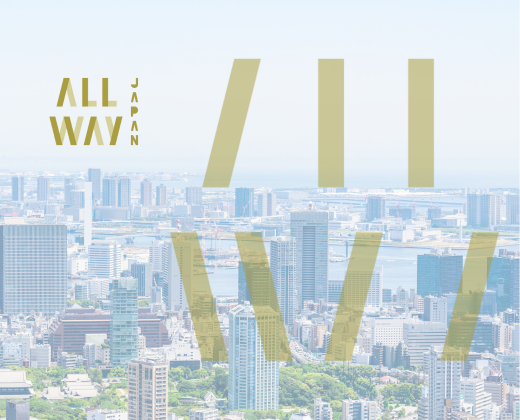
They are made and sold from bamboo chopsticks and bamboo baskets to bamboo benches and Koetsugaki. From April to May, Shirako bamboo shoots from the bamboo forest owned by the goods (can be shipped locally). Bamboo chopsticks 180 yen ~, one-wheel insertion 250 yen ~, bamboo bench 8500 yen ~.
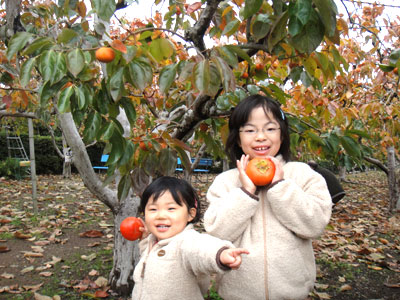
There is also a plantation where you can enjoy grape hunting and persimmon hunting. There is also an observation deck where you can see the city of Kyoto. There is a log house banquet hall in the persimmon field. There is also a barbeque outdoors, and you can enjoy barbecues from 3630 yen.
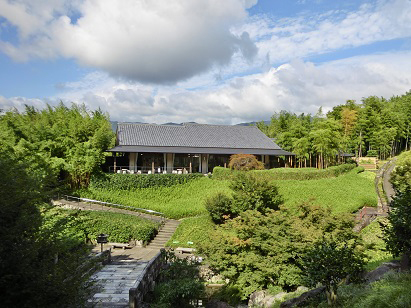
A rare bamboo specialty park in the world in the Nakxi New Town. In addition to an ecological garden on the 5000-square-meter site, there is a museum about bamboo and bamboo trees. In the museum, Edison exhibited in the Meiji 15 (1882) the restoration of light bulbs using Kyoto-Hachiman's Madake as a filament, real objects and panels of bamboo products, as well as the Japanese bamboo from Kyoto and rare bamboo from Southeast Asia. About 110 species of bamboo and bamboo grass from all over the country are planted in the ecological garden.
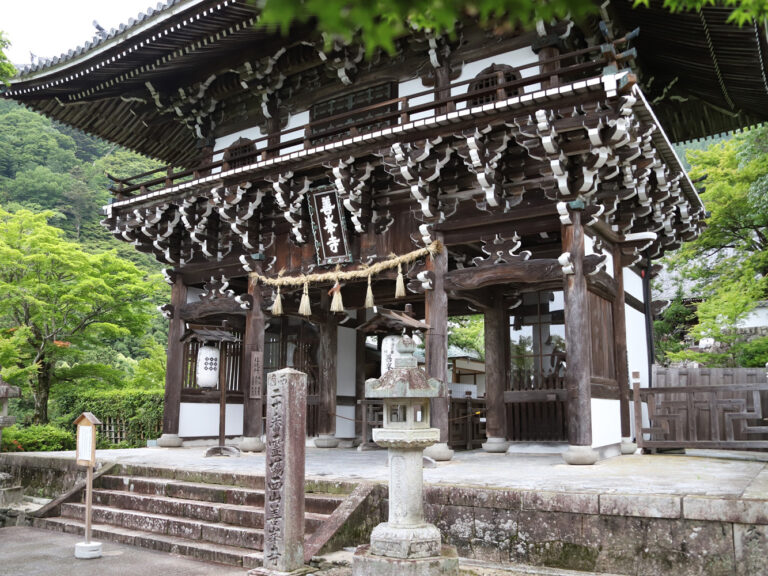
The 20th place in the West Country in the mountains. Entering the imposing mountain gate, the main hall, the Tahoto, and the Yakushido are lined up on the mountainside. The Yūryū no Matsu (Natural Monument), which has beautiful autumn leaves and weeping cherry trees and is 600 years old, has a long and stunning trunk extended to the side. The temple is the second year of Changyuan (1029), and the temple is the Kōji of Genshin Jōjin, the younger brother of the Enshin Monk. It declined in the Onin Rebellion, and was later restored by Guichang-in.
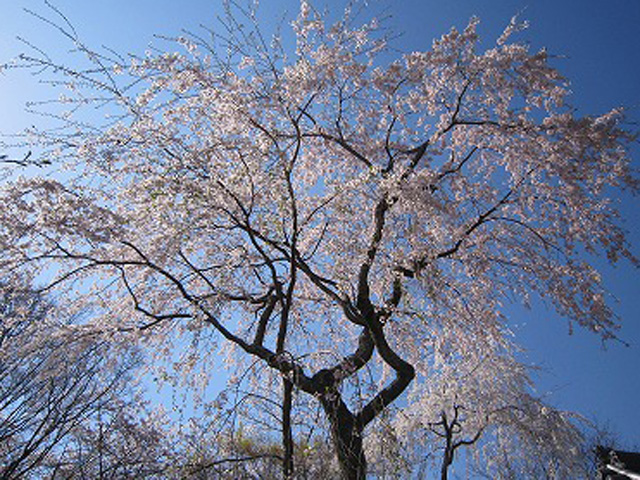
An actor opens and tells him that Saisō re-emerged, but that he renamed himself Kōchi-ji in the second year of Inju (852). Because of the fact that Nishiyuki tied a hermitage here and planted one of the cherry trees and ginloved him, he called this cherry tree "Nishiyōzakura", and he became familiar with the "flower temple" after that. In spring, the grounds are covered with cherry blossoms. The statue of Yakushi Nyorai (important cultural property), which was enshrined at the main temple and kept until recent years, can be viewed at the temple of Ugudeok (charge: 300 yen, only available in February) on the east side.

It is reported that Kohei Ibara, known for his "Ise-saga", lived in his later years, and his tomb treasure is located in the precinct. When Nijogo and Takako Fujiwara, who were in love, visited Oharano Shrine, Kohei burned salt and raised purple smoke to convey his thoughts. The remains of the Imperial Court also remain, and every year on May 28, the third string ceremony of the third string, the third Sunday of June, the third string meeting of the third string, and the Shiogamaki Yome Festival on November 23, a fire is lit with a salt gillet to pray for worshipers. The roof of the main hall is an unusual structure similar to the Omikoshi type. In spring, the cherry blossoms are beautiful, and in autumn, the autumn leaves of the whole mountain are beautiful.










